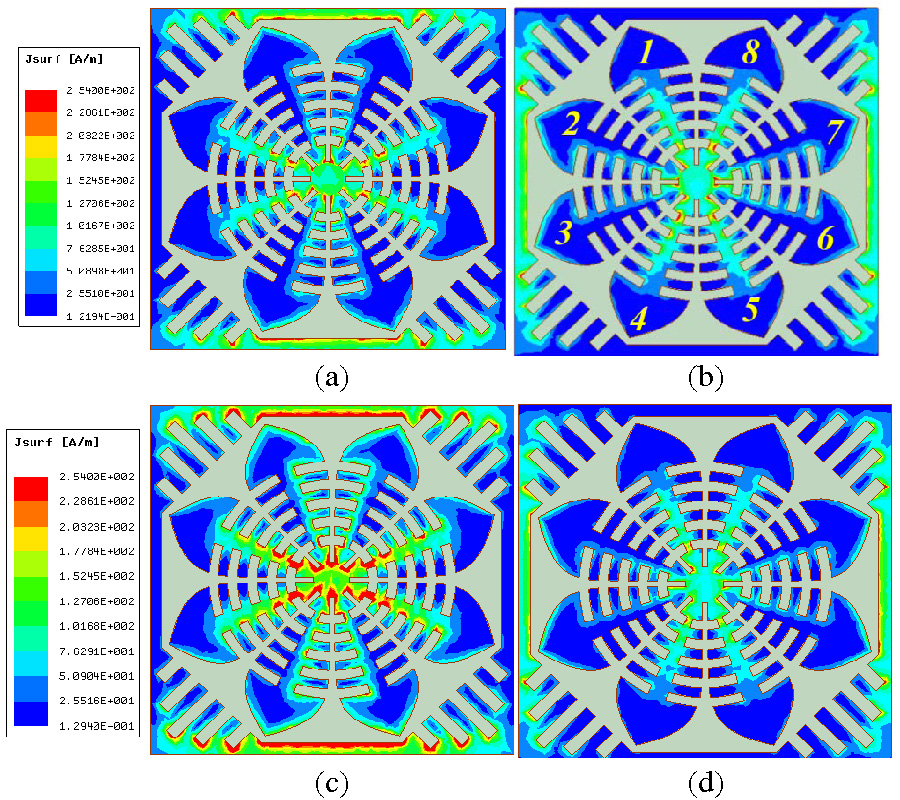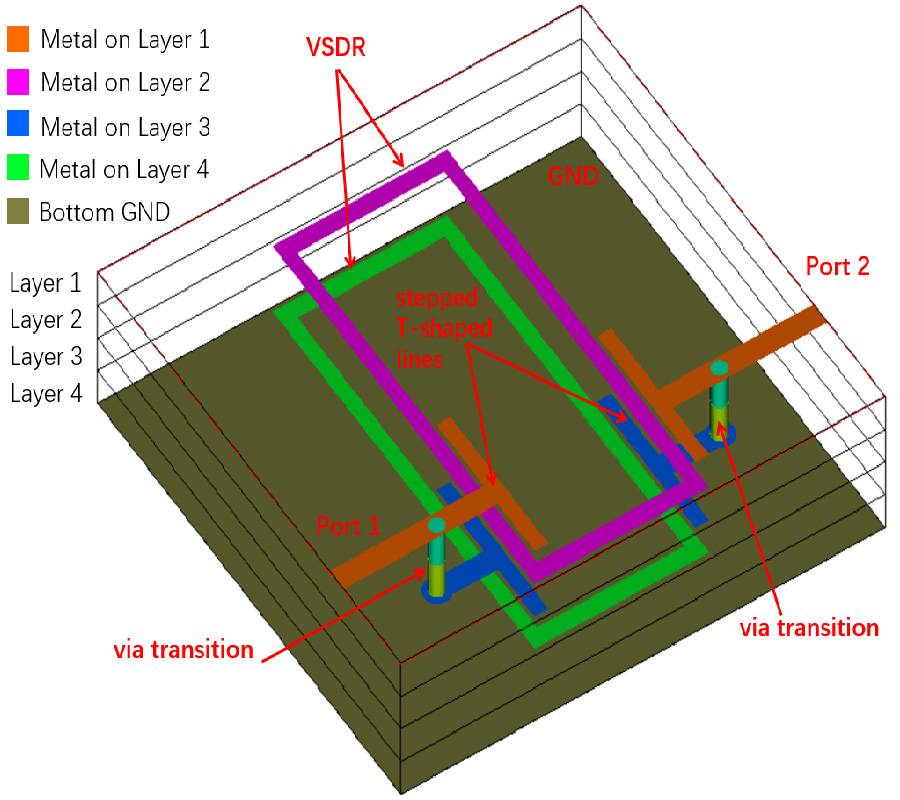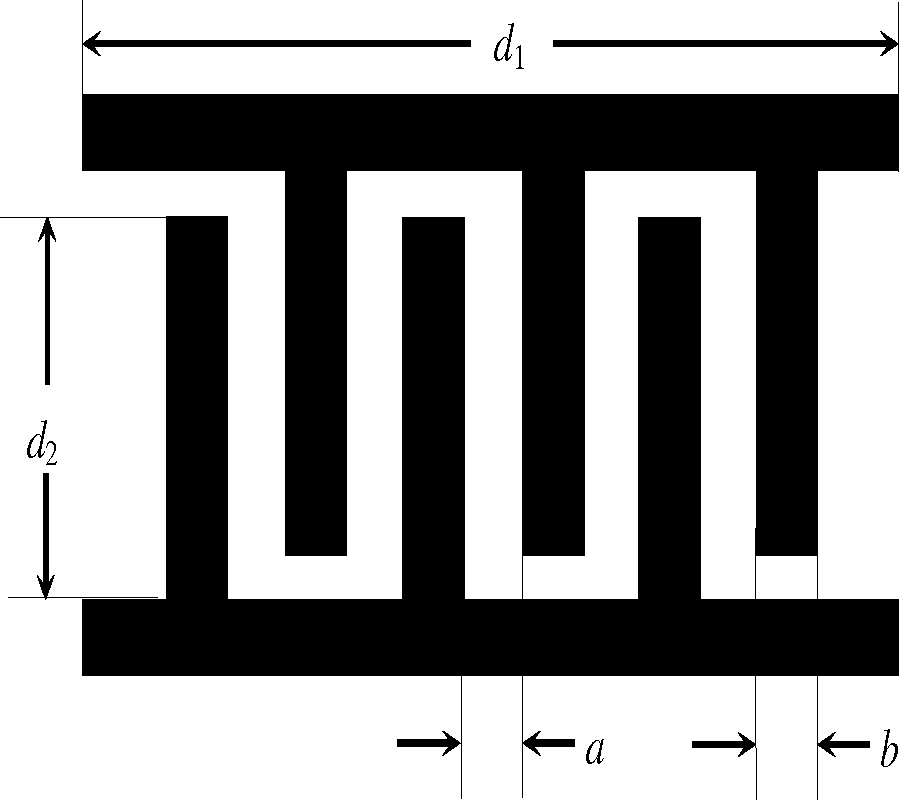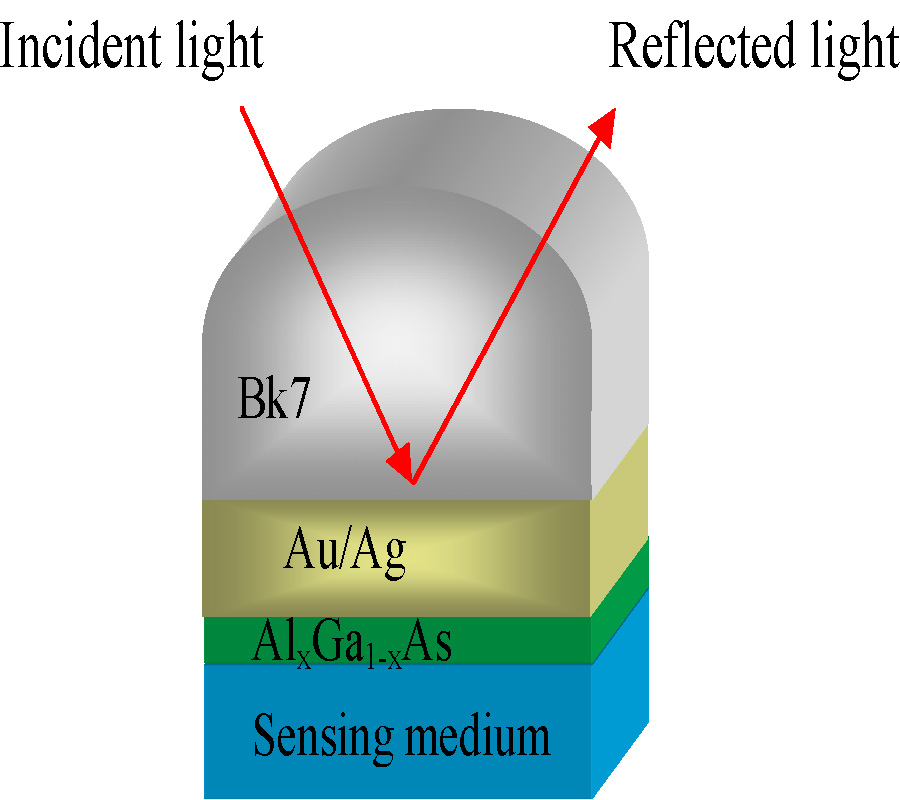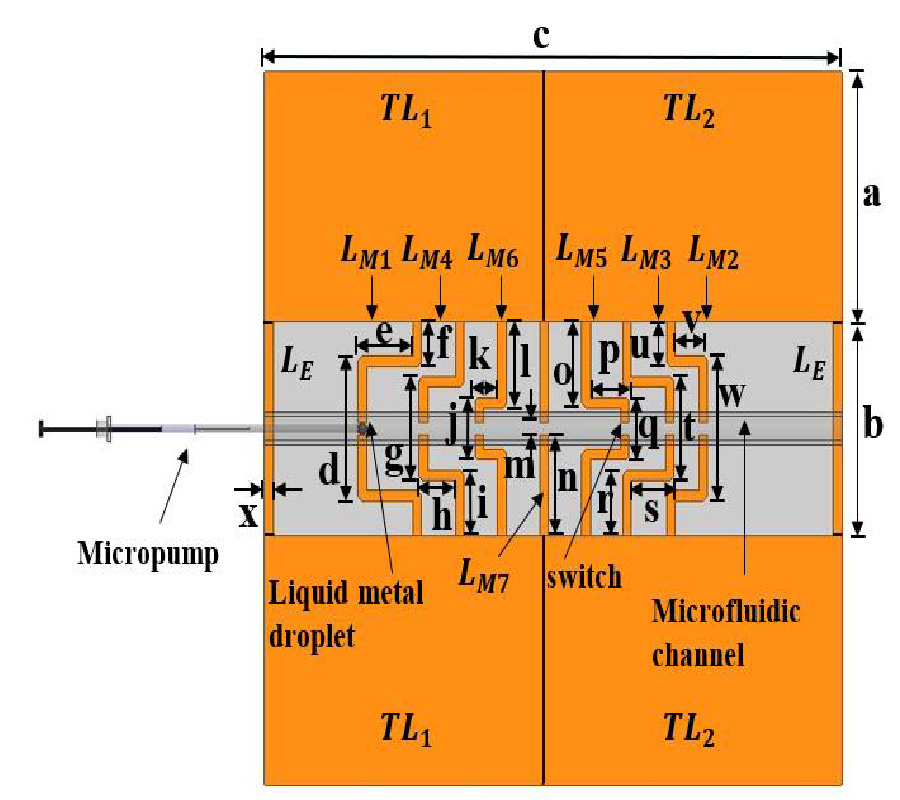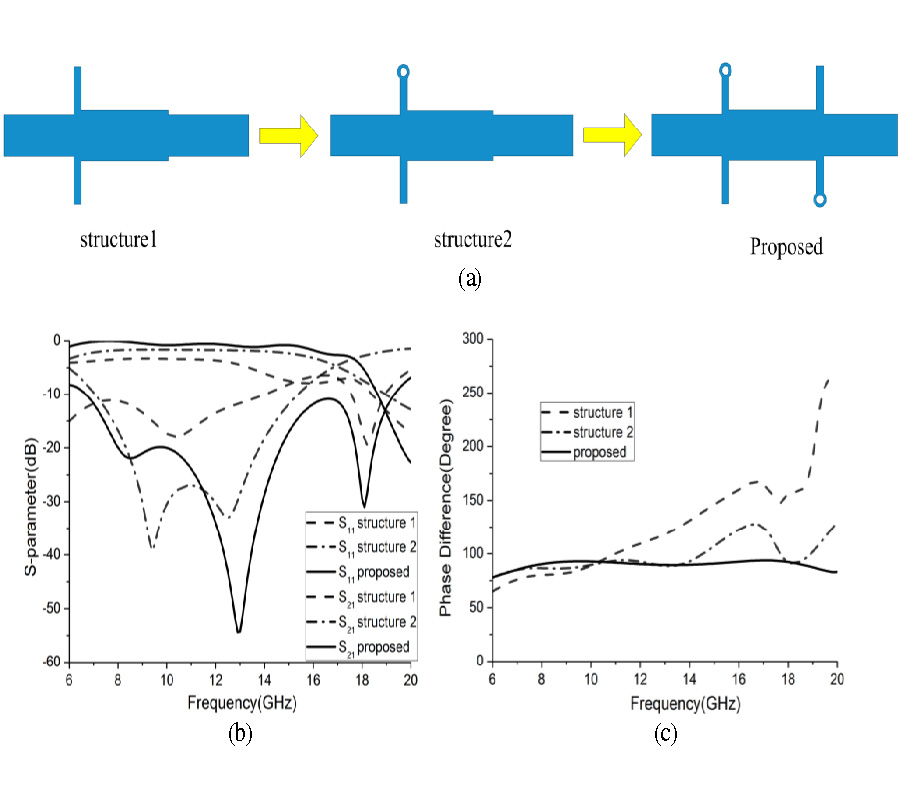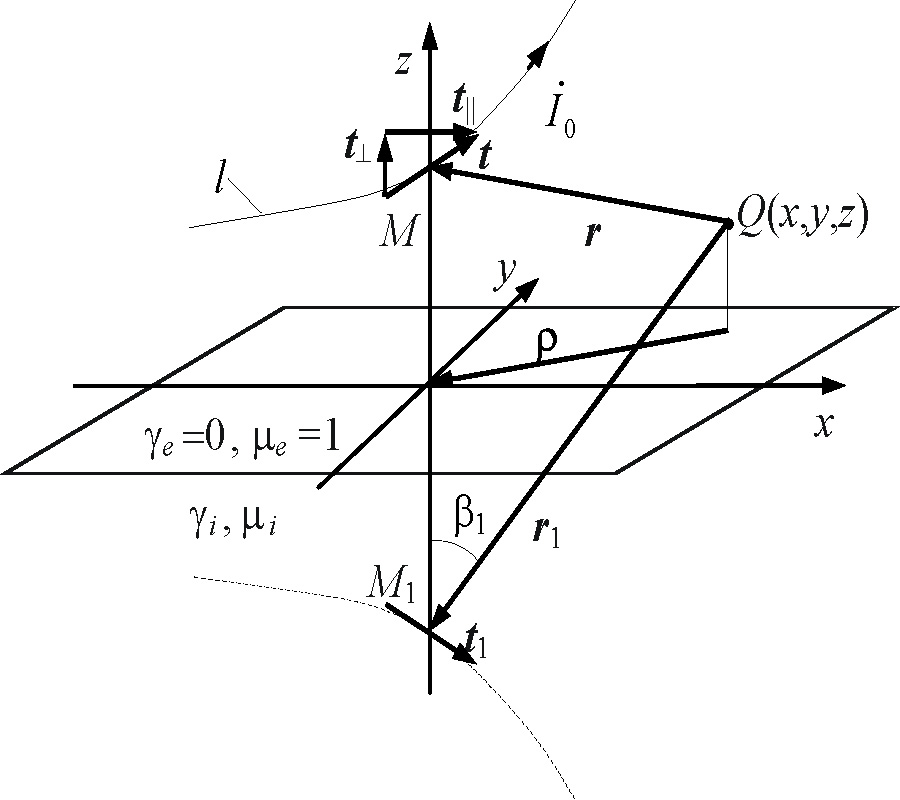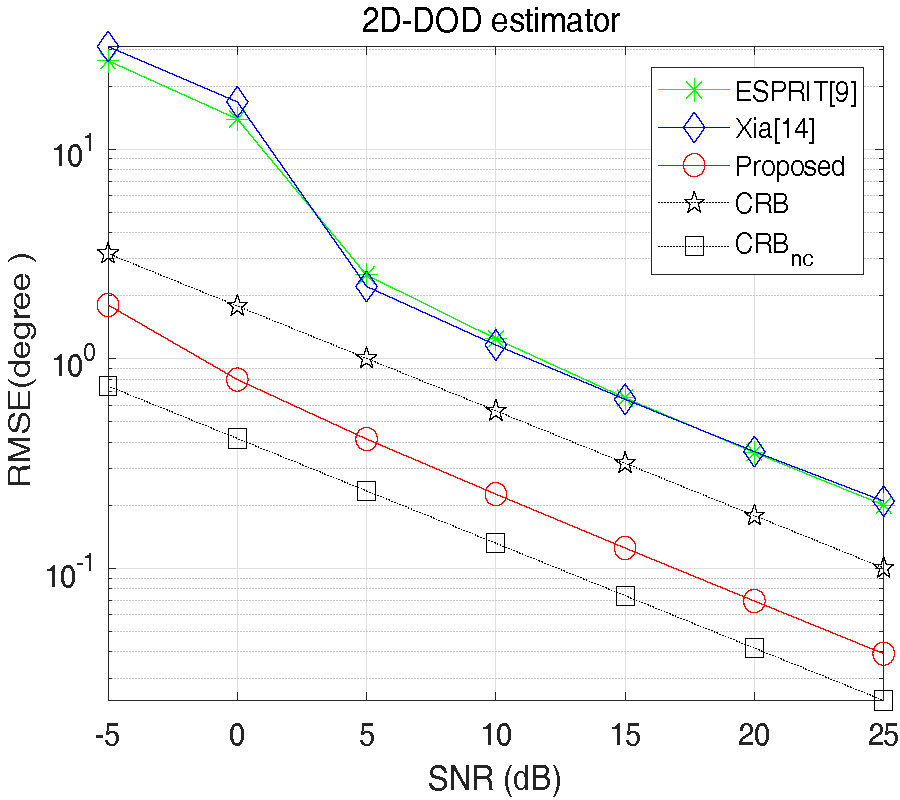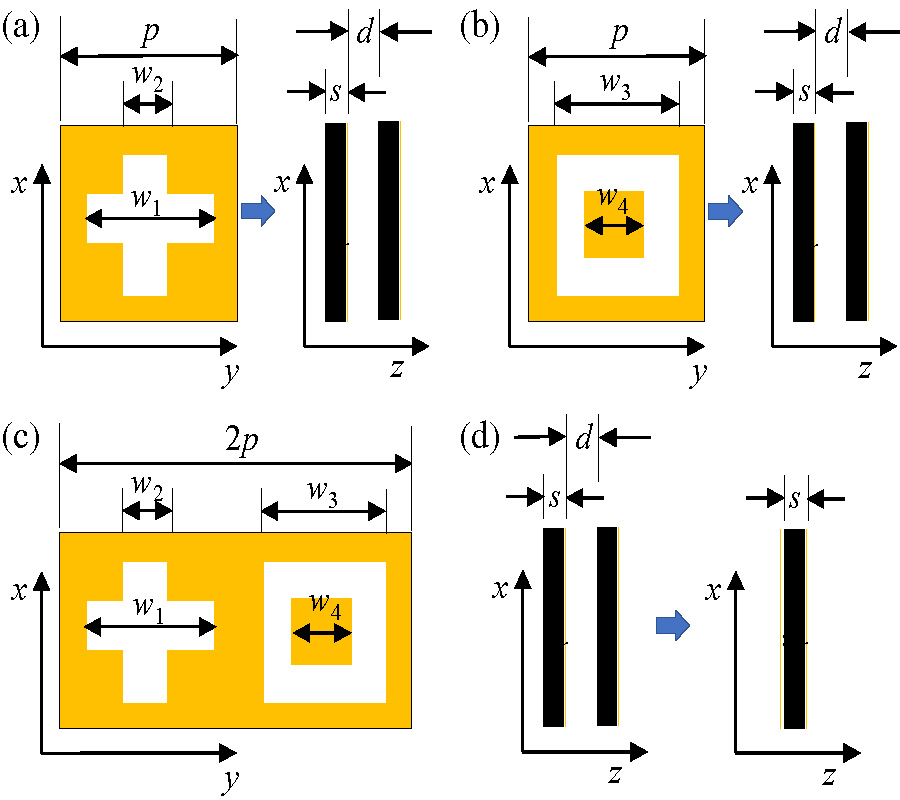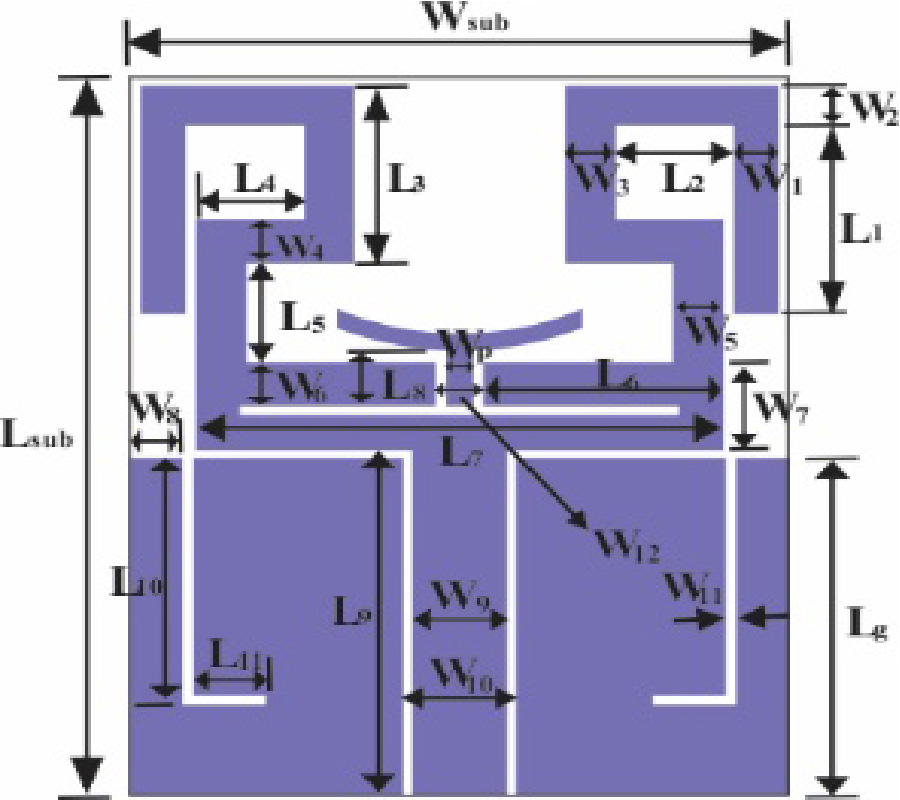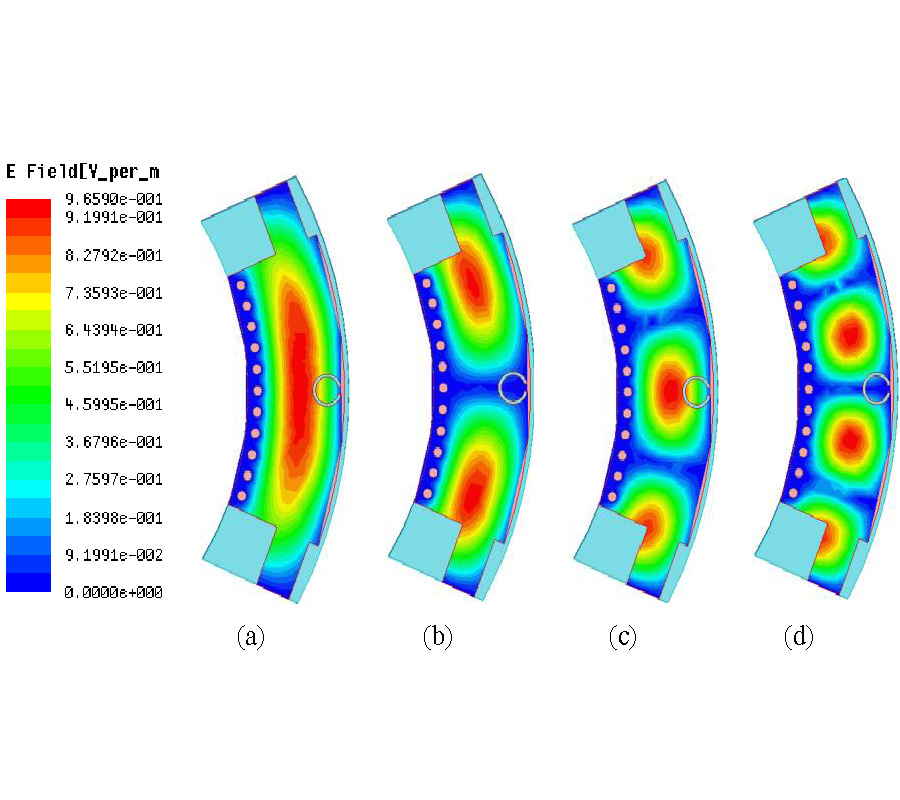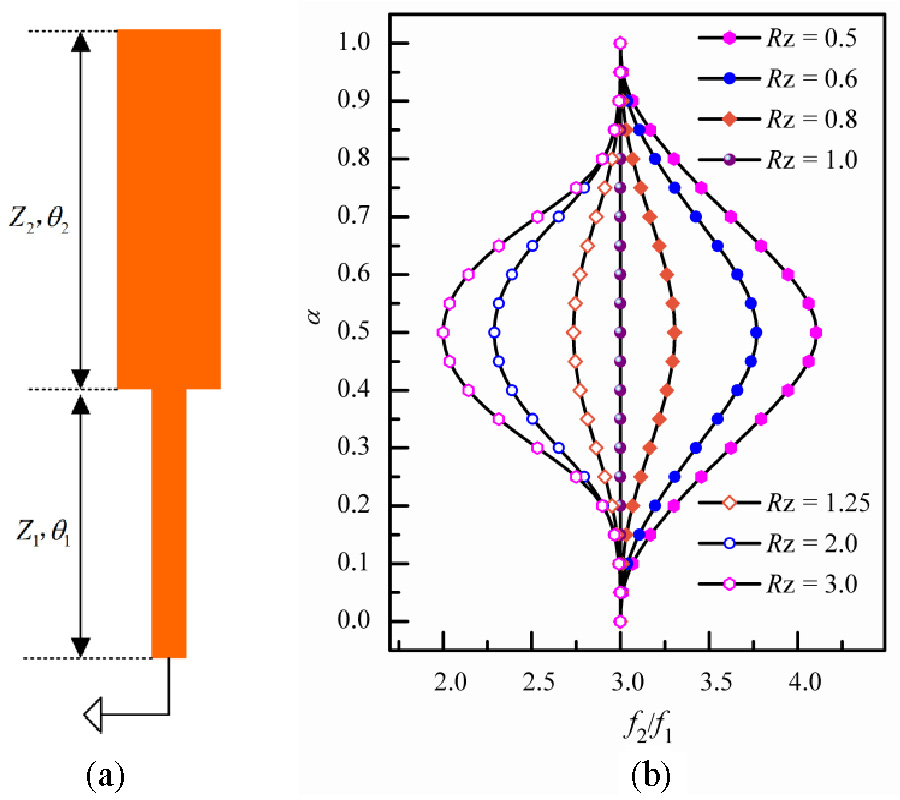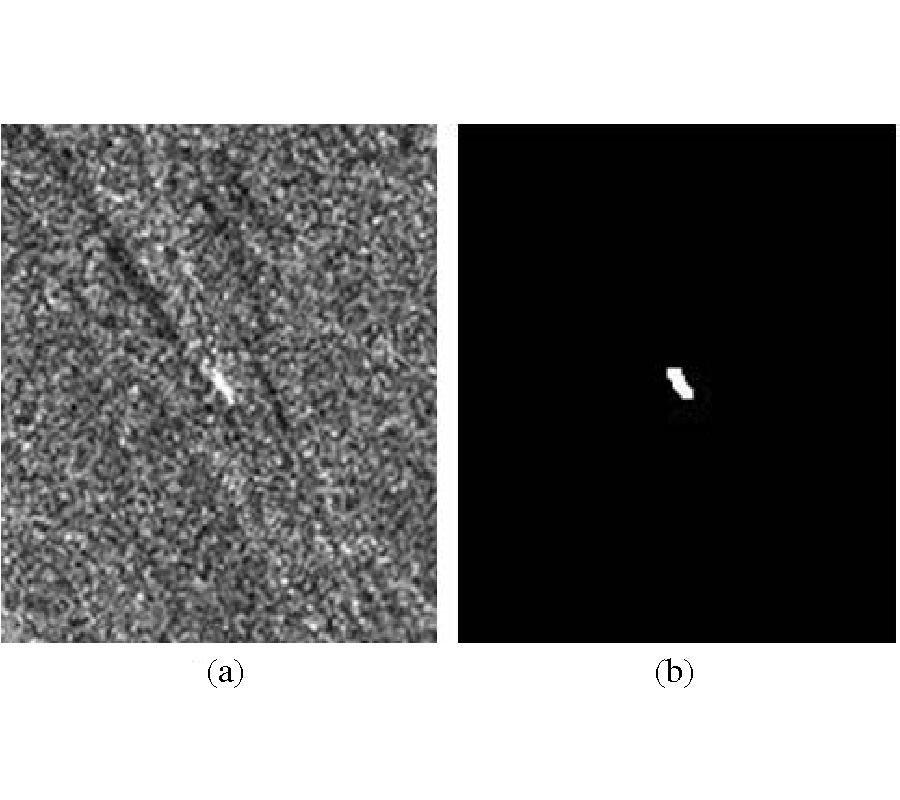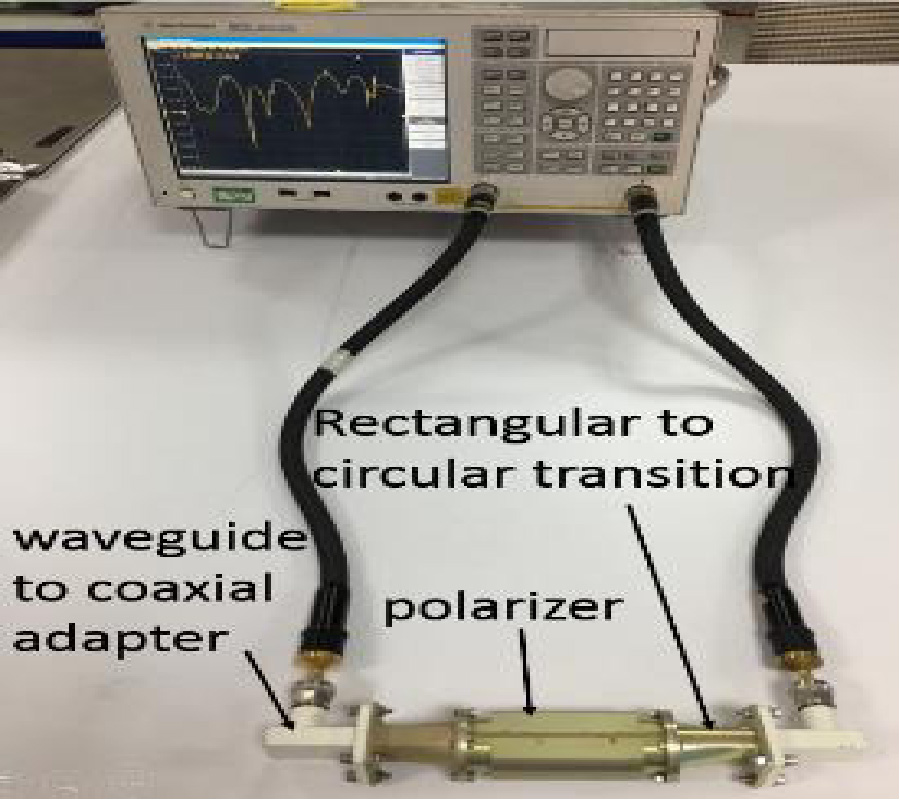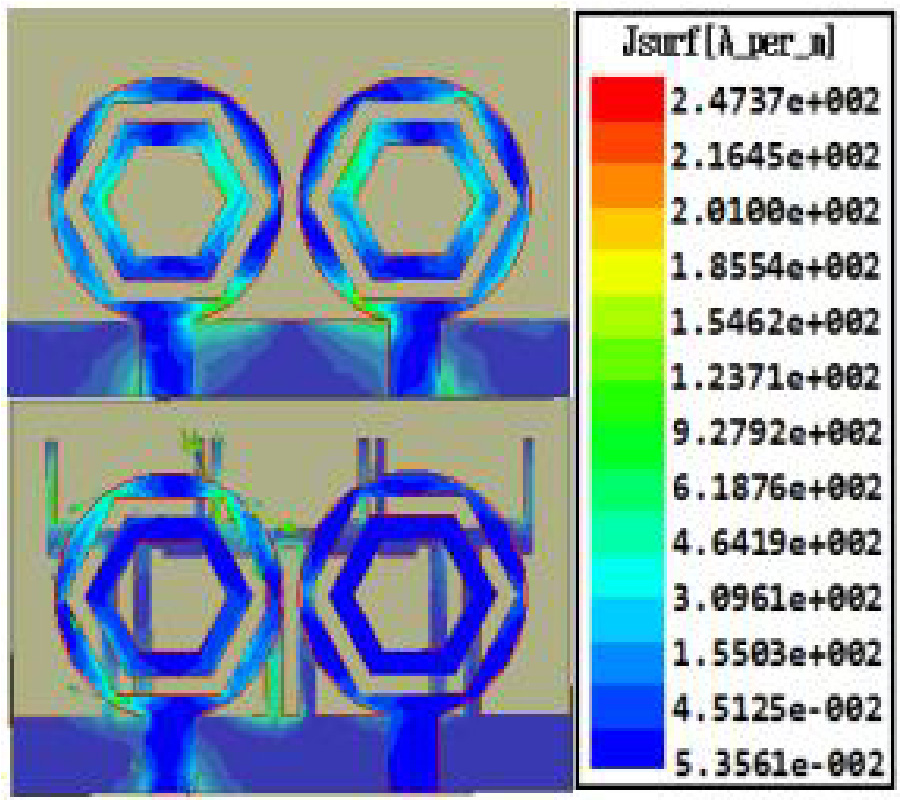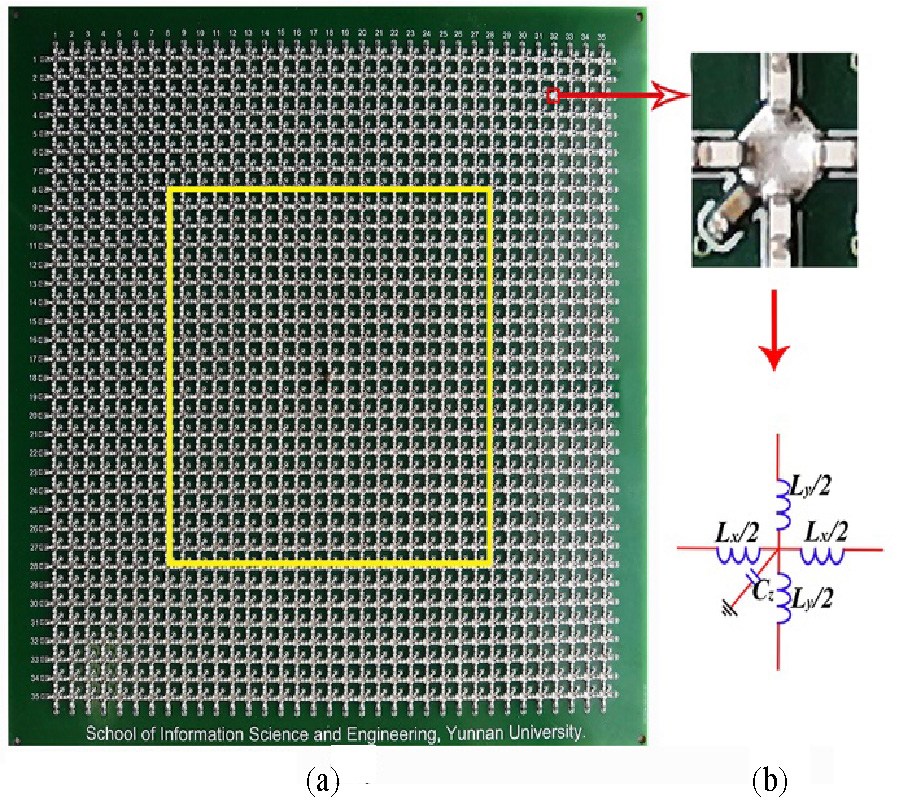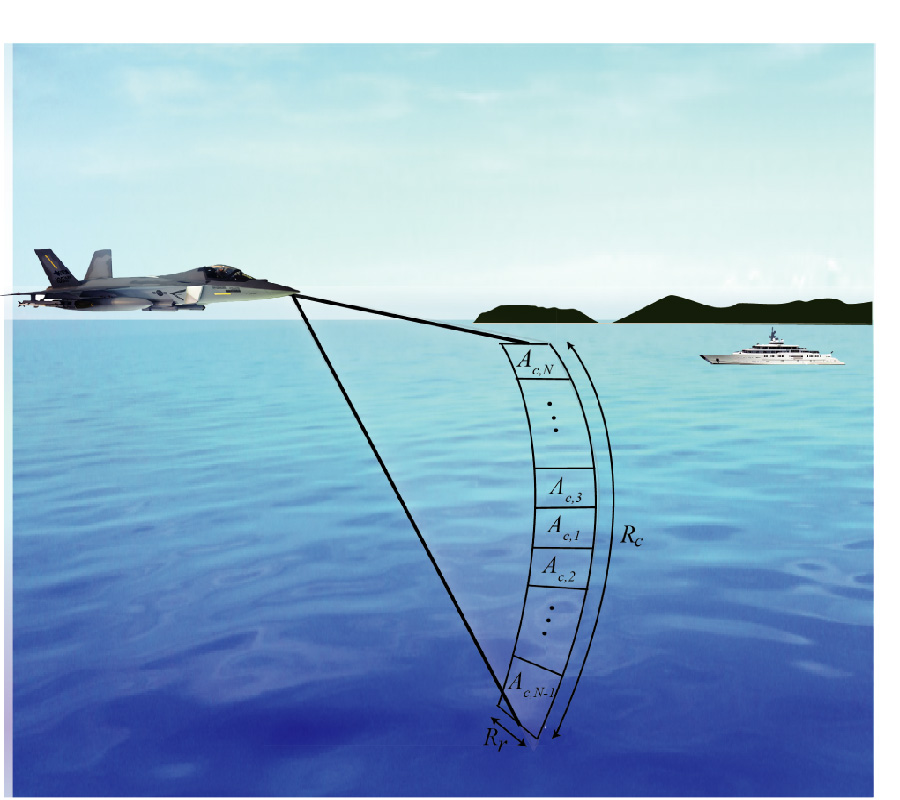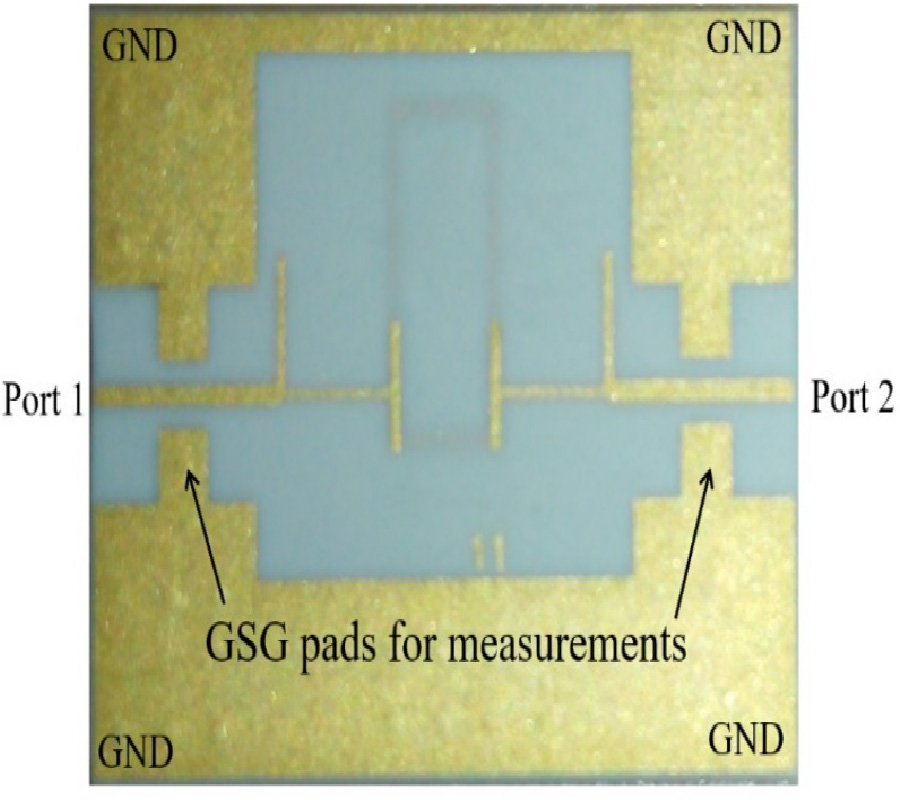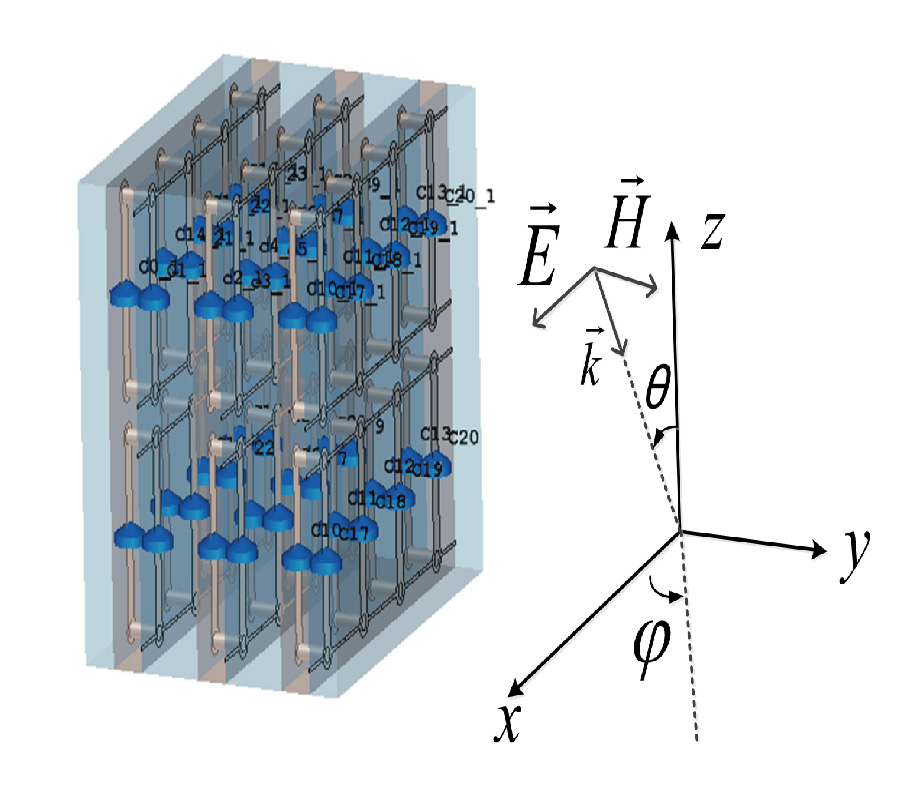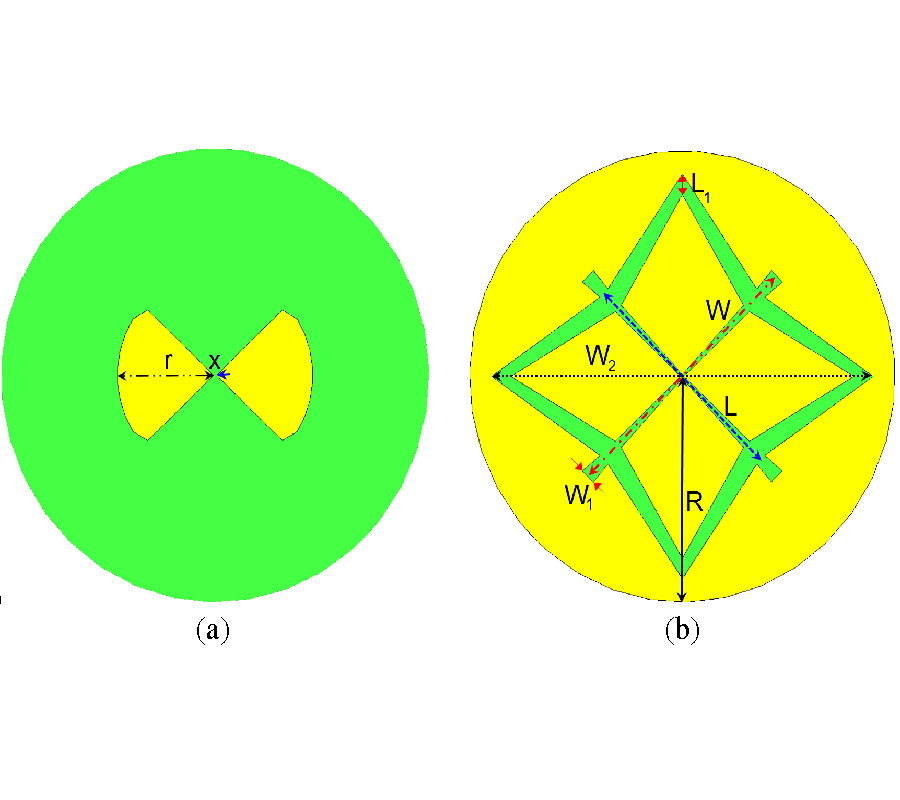Compact SICC Dual-Band and UWB Filters Using Multimode Technology
Xiu-Guang Chen,
Guo Hui Li,
Zhiwei Shi and
Shuo Dan Feng
In this paper, a dual-band bandpass filter using sixteenth-mode substrate integrated circular cavity (SM-SICC) and a novel ultra-wideband (UWB) bandpass filter (BPF) using eighth-mode SICC (EM-SICC) cavity are presented. The TM101, TM102, and TM201 resonant modes of the substrate integrated waveguide (SIW) circular cavity are used to design the dual-band filter, where the resonant frequencies can be shifted to the desired frequency through adjusting the position and size of complementary split-ring resonator (CSRR). In addition, the TM101, TM102, TM103, and TM104 resonant modes are employed to realize the UWB filter. A transmission zero appears by introducing the complementary split-ring resonator (CSRR) in the middle of the SICC, so the dual-band BPF and UWB BPF with high selectivity are realized. The proposed filters possess compact size, because of the EMSIW and SMSIW cavity. The dual-band filter operating at 7.79 and 12.83 GHz is fabricated in SM-SICC with 3-dB fractional bandwidths (FBWs) of 7.8% and 31.25%, respectively. The UWB filter with FBW of 97% is simulated in EM-SICC. Compact circuit sizes and excellent measured performances have been achieved for the two filters.
